Research Projects
Thrust 1
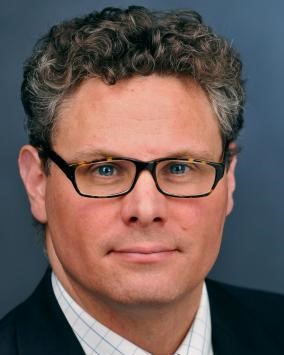
Co-lead
Project 1.1 – Novel Separation Processes to Recycle and Reuse HFC Refrigerants.
Conventional refrigerant reclamation uses fractional distillation, which is energy intensive and ineffective at separating refrigerant blends since HFCs are often azeotropic or have close boiling points. We will advance two separation modes—liquid-based separations and membrane separations—to be deployed modularly for energy-efficient, low-cost, and low-carbon separation of mixed-refrigerant waste. These modes enable recycling of low-GWP molecules for new low-GWP HFO/HFC refrigerant blends (e.g., R-454B and R-513A) and repurposing of high-GWP molecules (Project 1.3).
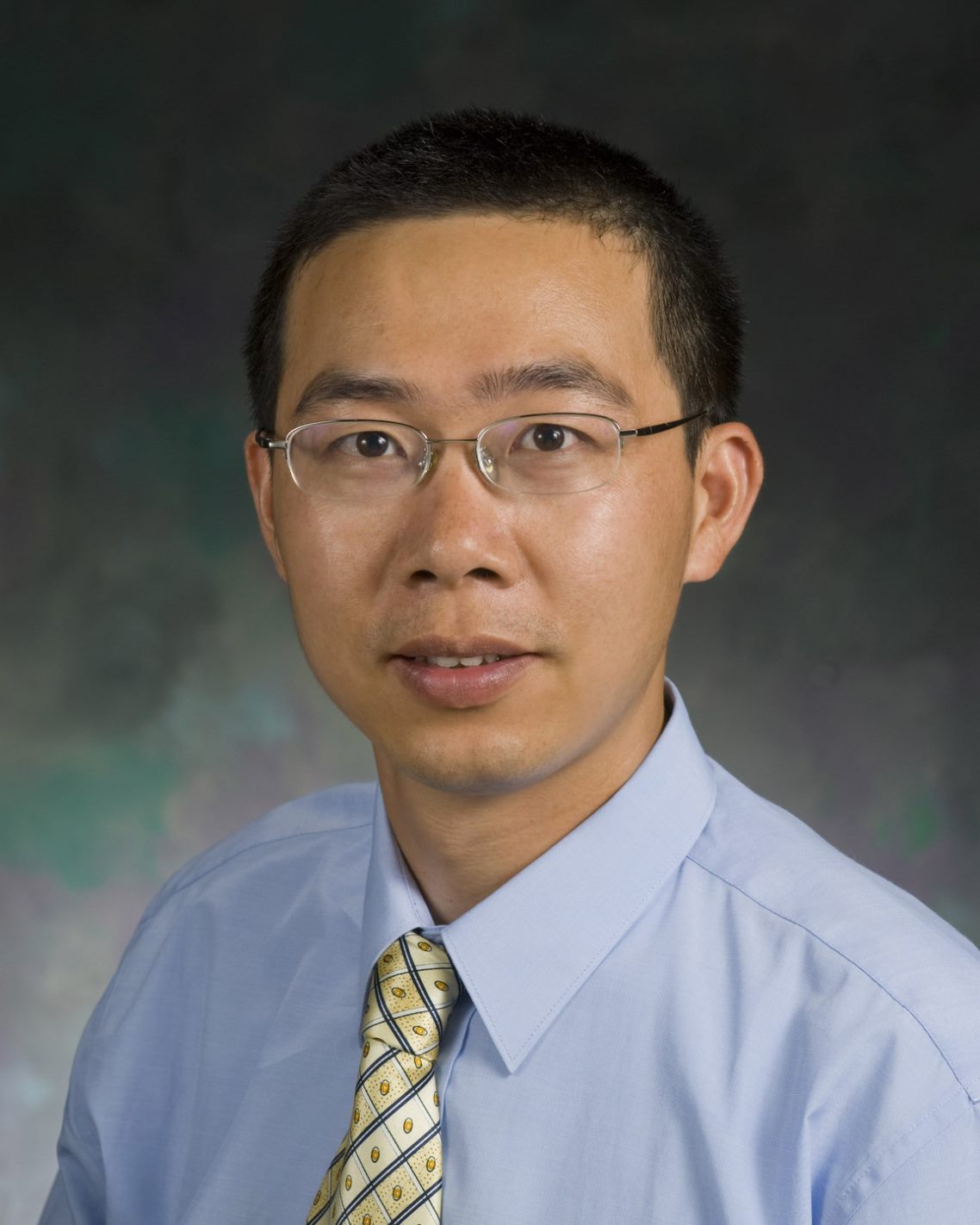
Project 1.2 – Security Markers to identify and stop illegal-refrigerant imports and use.
In 2021, over 1200 metric tons of illegal refrigerants entered the U.S.—equivalent to 2.6 million metric tons of CO2 or the yearly emissions from the electricity for 500,000 homes. HVACR-system and refrigerant molecular-marker compatibility and low-cost, high-sensitivity detection technologies are barriers that require fundamental understanding of the correlations of molecular structures and physical properties, including solution stability, chemical reactivity, and emission quantum yields. We will develop multilayered integrated and internal security-marker systems to provide cost-effective detection technologies and eliminate illegal replication.
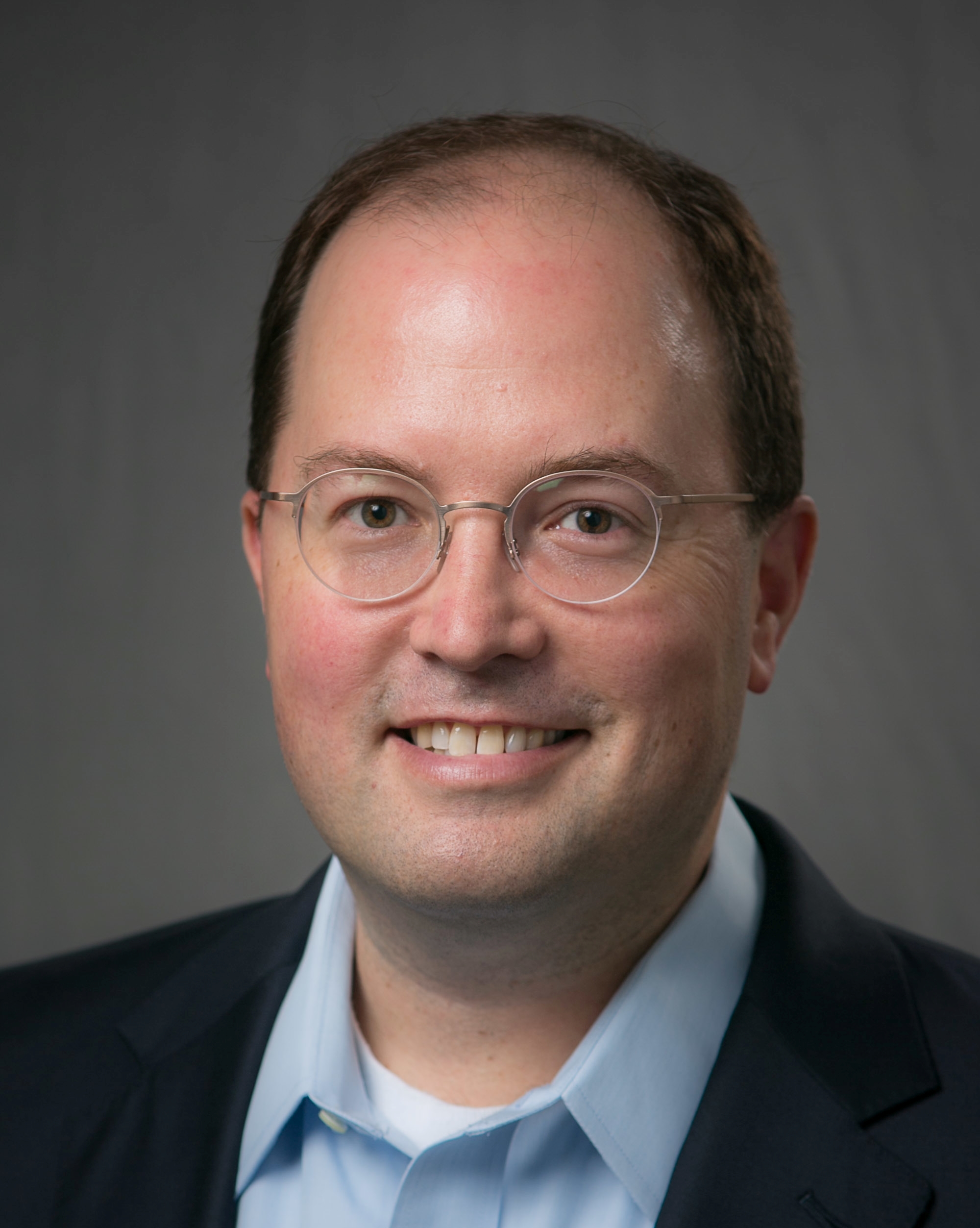
Project 1.3 – A Unified Metal-Mediated-Catalysis Approach for Chemical Conversion of HFC Refrigerants into High-Value Products that Avoids Production of Per- and Polyfluorinated Substances (PFAS).
Catalysts to oxidatively add the strong bonds present in HFCs such as the high-Greenhouse Gas (GHG) refrigerants 1,1,1-trifluoroethane (R-143a), 1,1,1,2-tetrafluoroethane (R-134a), and pentafluoroethane (R-125), have received little attention. HFCs are chemically inert, and F-eliminations can poison catalysts. We will provide the first comparative data for homogeneous activation/functionalization of the series R-143a, R-134a, and R-125 and provide full mechanistic analyses to enable application to other HFCs. This project will identify metals that can oxidatively add the C-H bond of normally refractory RfCH3, RfCH2F, and RfCHF2 functionalities to transform HFCs into value-added, low-GWP products. These new methods can also be applied to other chemistries, such as PFAS conversion.
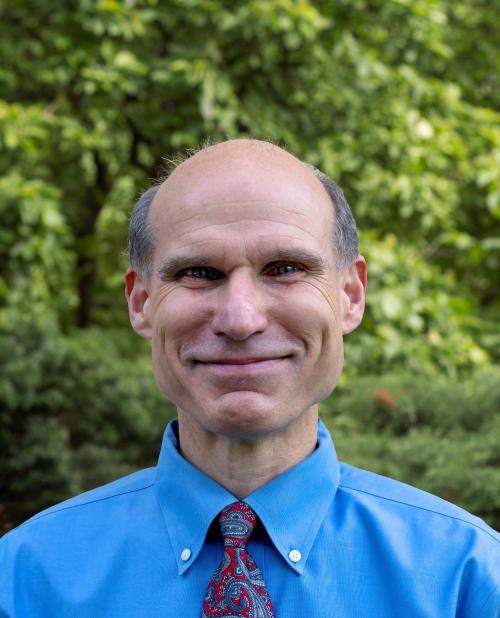
Project 1.4 – Inform Establishment of a Refrigerant Circular Economy through Integration of Technical Data and Analyses of Socioeconomic Behaviors.
Incorporating new technologies (P1.1-1.3) to establish a circular HVACR economy requires supportive policies based on a rich understanding of producer and consumer behavior. Effective behavior-based policies will synergize with the technologies to prevent refrigerant venting, prevent illegal refrigerant production and use, and encourage reuse and recycling. Establishment of this circular economy presents significant technical and behavioral barriers. New-technology adoption will require effective behavior-based policies. Engineers will need to accommodate consumer preferences. Likewise, the effectiveness of education and workforce-development programs must be assessed to ensure a pipeline of highly skilled workers. We will create an interdisciplinary system-of-systems model to address supply-chain and social dimensions. This model will identify the cost-minimizing deployment of competing recycling and reuse pathways, constrained by production cost parameters and consumer preferences.
Thrust 2
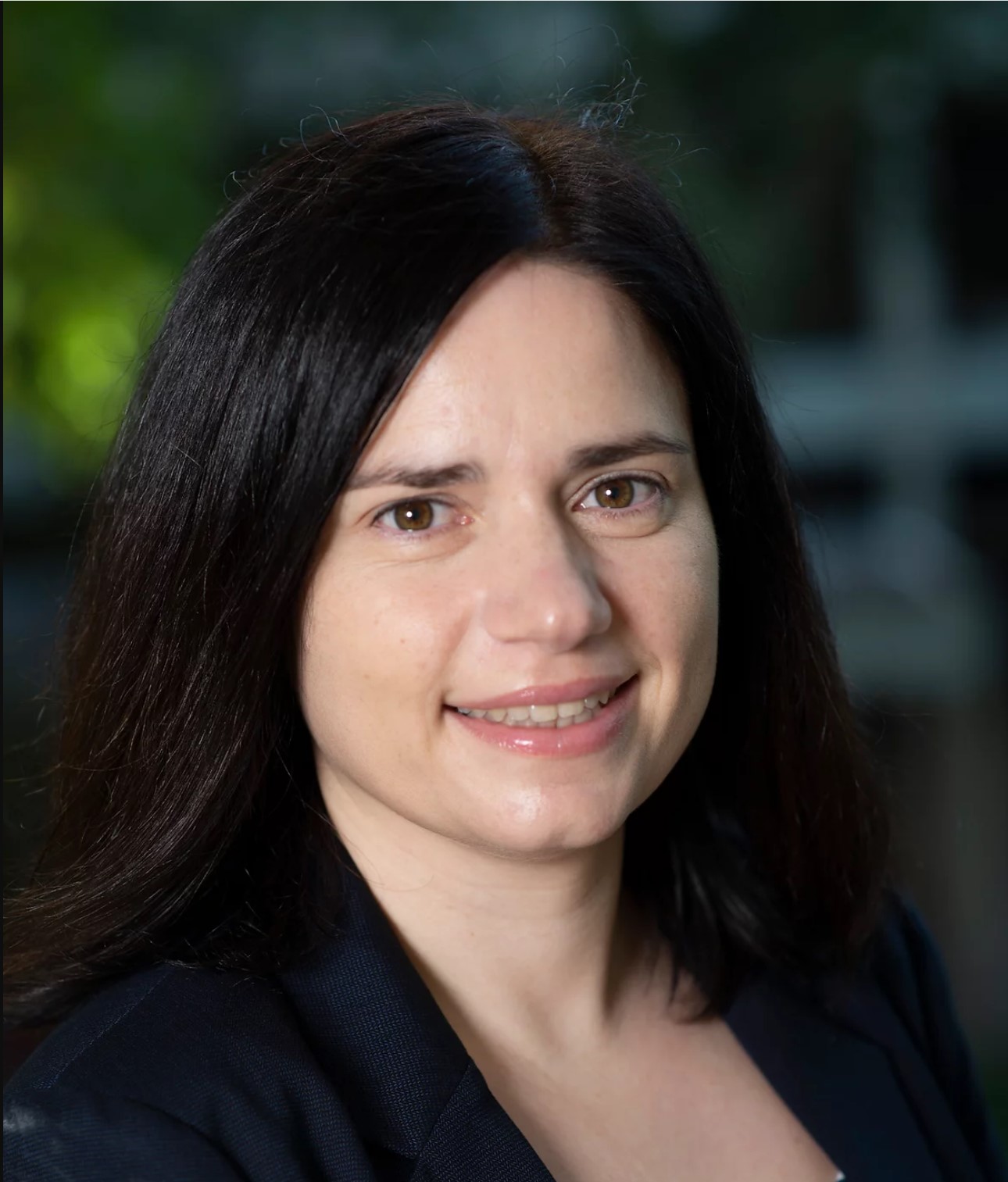
Project 2.1 – Assess ODP, GWP and Other Refrigerant Atmospheric Impacts Using Chemically Accurate Atmospheric Modeling.
Despite their importance, the fundamental reaction and photodissociation dynamics of key refrigerants remain insufficiently studied, limiting our understanding of their effects on Earth’s climate. This project addresses this gap by comprehensively establishing the reaction dynamics of HFCs through both experimental and computational methods, and integrating these findings with state-of-the-art climate modeling to improve understanding and simulation of existing and novel refrigerants’ impact on climate. In parallel, we investigate the interaction between the HVACR ecosystem and climate by using global climate models and machine-learning climate emulators to assess how climate variability and change affect the frequency and severity of heat waves, the resulting increases in cooling demands and energy use, and the associated emissions of HFCs and other greenhouse gases. Finally, we evaluate the potential climate benefits of adopting novel, more energy-efficient cooling technologies.

Project 2.2 – New Classes of Safe and Environmentally Conscious Refrigerants and Refrigerant Blends.
A host of constraints makes the search for new refrigerants challenging. Trade-offs between properties are often necessary. HFOs are a good example—they have low GWP, but combustibility remains an issue. The most-recent thorough search for new refrigerants occurred >10 years ago. Changes in operating conditions and environmental considerations demand the search be revisited using modern techniques that can also open the door to new refrigerant designs. Our approach will expand the candidate pool from just over a hundred into the thousands. These molecules will be used to train models to predict refrigerant criteria (physical properties, GWP, critical and boiling temperatures, etc.) Model-training, testing, and validation data will be obtained from literature values, molecular models, quantum-chemistry calculations, and molecular-modeling simulations. The approach will rely on using sigma profiles (SPs) as molecular descriptors and as inputs in a convolutional neural network.
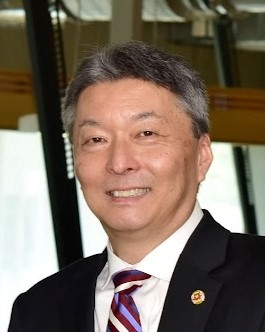
Project 2.3 – Next-Generation Caloric and Thermoelectric Materials and Manufacturing for Solid-State Cooling.
High-efficiency caloric cooling techniques based on low-GWP solid refrigerants have emerged during the last several decades, but scale-up to technologically meaningful performance levels poses major challenges. Peltier cooling based on thermoelectric materials is a well-established commercial technology, but its efficiency remains limited. There are both fundamental materials-synthesis and device-integration challenges. Elastocaloric cooling based on superelastic NiTi shape-memory alloys currently requires application of large stresses deliverable only by hydraulic actuators. High magnetic-field needs (> 1 Tesla) prevent commercialization of magnetocaloric cooling devices. High-performance, low-cost flexible thermoelectric devices are also targeted but await scalable fabrication methods for more widespread application. Based on the intimate nexus between materials and systems efforts, which previously led to UM’s demonstration of a 260 W elastocaloric cooling system, we will address fundamental issues in caloric technologies and scalable thermoelectric technologies.
Thrust 3
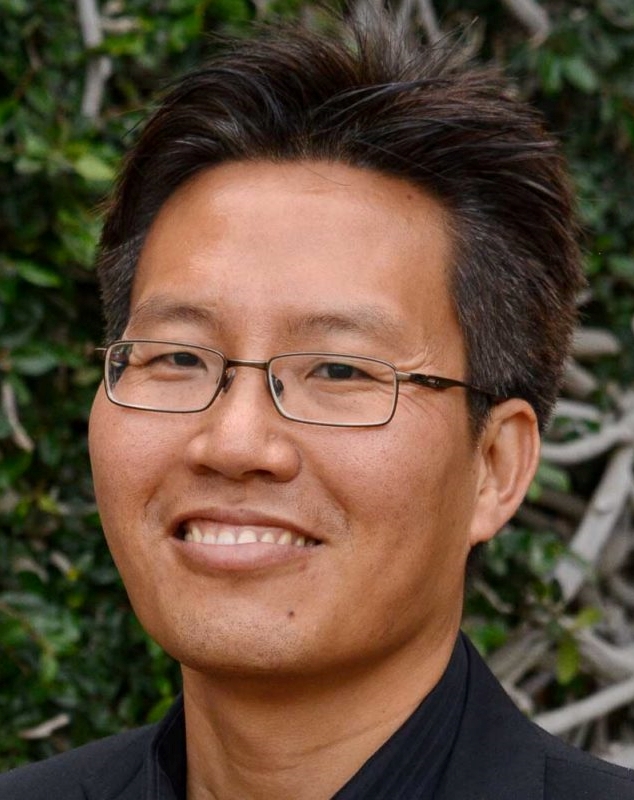
Project 3.1 – Intelligent Sensor System for Leak Detection and Energy Reduction; Additives for Leak Mitigation.
Present-day HVACR sensing systems are designed to detect high-concentration leaks to prevent fires and are incapable of quickly, reliably, and accurately identifying low-level leaks. The inert nature of HFCs makes the development of high-affinity sensors difficult. Effective quantitative analysis of refrigerant composition is complicated by a lack of consistent sensor-modality failure modes and limitations. To address this system-capability gap for low-cost, smart refrigerant monitoring, a multidisciplinary team will develop integrative, miniaturized sensor systems.

Project 3.2 – Hierarchically Structured Materials and Ionic Liquids for Energy-Efficient Environmental (Dehumidification) Control.
Current dehumidification systems rely on vapor-compression technology. Some emerging dehumidification technologies are desiccant or membrane based. Emerging technologies that selectively remove water vapor from the air have the potential to reduce energy demands. While water-adsorbent materials are known, energy-efficient regeneration is necessary to reduce total energy use. Thus, increasing sorbent capacity while maintaining or reducing the regeneration energy is critical. Materials advances must also translate to devices that are compatible with current HVACR-system designs. We propose a synergistic feedback loop between experimental and computational discovery to drive development of a more-efficient dehumidification process.

Project 3.3 – Electrically Driven Alternative Chemical-Reaction and Solid-Liquid Phase Transition Cycles for Disruptive Energy Reduction.
Reversible chemical reactions in electrochemical redox cells have high specific heats of reaction (e.g., typically greater than twice the specific latent heat from a vapor-compression cycle). The ionocaloric effect (i.e., thermal response to a changing ionic environment surrounding a solid phase, driven by an electrochemical field) lowers the applied voltage for caloric cycles. Neither of these alternative cycles require a bulk gas phase, which is promising for energy-efficient, low-cost and low-temperature (<323K) refrigeration applications. These cycles currently exist only in the conception and modeling stages, with a few experimental demonstrations. We will advance these alternative cycles using integrated experimental and computational approaches. A complete Life Cycle Analysis considering active materials, equipment, and energy efficiency in these alternative cycles will provide realistic comparisons of these novel systems to in-kind technologies and other alternatives.